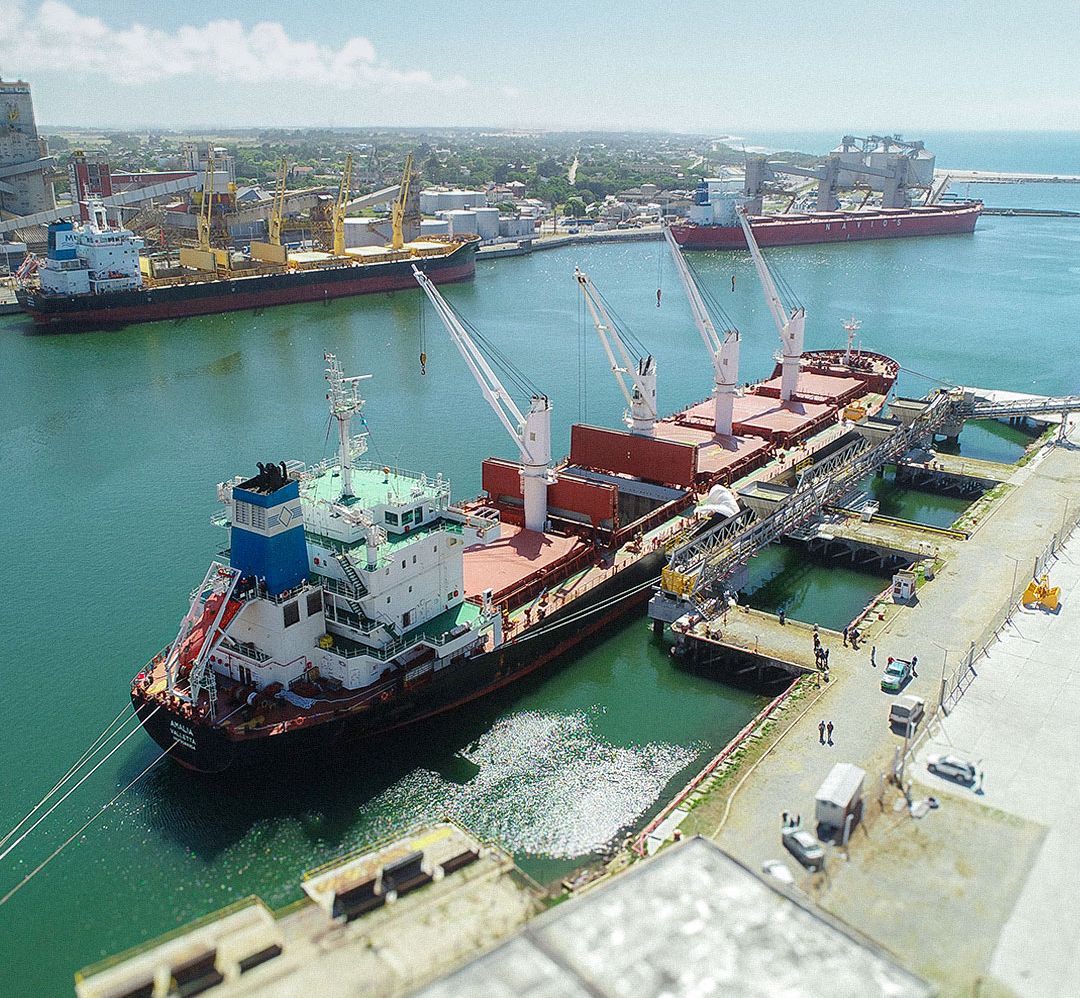Necochea will host LOGIPEX 2025, the XI International Congress of Logistics, Ports and Foreign Trade, on November 7 at the Centro de Acopiadores. According to the announcement, the meeting will bring together representatives from academia, the private sector, and public institutions to discuss the sector’s most pressing themes. With a concise agenda centered on policy and practice, the city is preparing to receive participants for a day of exchange focused on current and emerging priorities in logistics, maritime interfaces, and international commerce.
The convening will place particular emphasis on sustainability, innovation, and global competitiveness. These priorities reflect the ongoing interplay between regulatory expectations, technological progress, and market efficiency that shapes logistics and port operations. By assembling decision-makers and researchers alongside public officials, the congress aims to create a platform where evidence, experience, and policy can be examined together, with an eye toward practical implications for trade facilitation and operational performance.
Why sustainability, innovation and competitiveness matter now
Across the logistics and port ecosystem, sustainability remains a central requirement as operators and supply-chain partners examine environmental footprints, resource efficiency, and alignment with evolving standards. Innovation continues to redefine how goods move, how infrastructure is utilized, and how information flows among stakeholders. Competitiveness frames the ability of firms and regions to attract cargo, investment, and talent while meeting reliability and cost benchmarks. The alignment of these three pillars helps determine how resilient and efficient trade routes can be in the face of disruptions and shifting demand.
Bringing together academic, business, and public-sector voices creates a forum for testing assumptions and clarifying trade-offs. Academic perspectives can ground discussions in data and peer-reviewed evidence. Business leaders can provide operational insights drawn from daily practice and investment realities. Public authorities can outline regulatory frameworks and policy objectives. When these perspectives intersect, they can help identify pathways that are both technically viable and administratively feasible, minimizing gaps between strategy and implementation.
The timing underscores a period in which supply chains continue to adjust to new risk landscapes and competitive pressures. Trade flows are being reshaped by cost structures, technology adoption curves, and shifting consumer patterns. Within this context, logistics providers and port communities must balance service reliability with cost control, and align infrastructure planning with uncertain demand signals. The congress provides a venue for examining how these factors intersect and for assessing which approaches can be scaled sustainably.
Innovation, in particular, often hinges on integration rather than isolated upgrades. Digital tools only achieve their purpose when processes and governance accommodate them. Discussions that examine data quality, interoperability, and the practical constraints of legacy systems can clarify which investments yield measurable efficiency gains. In parallel, workforce capabilities and change management determine whether new methods become part of routine operations or remain pilot projects without lasting impact.
Sustainability initiatives similarly require a clear view of costs, benefits, and timelines. Environmental goals may influence equipment choices, energy use, and maintenance regimes, while also affecting how partners coordinate across supply chains. Clear standards and consistent measurement practices help organizations compare options and track progress. When stakeholders share how they structure targets and monitor results, lessons can be transferred more quickly, reducing duplication and shortening the path to credible outcomes.
Competitiveness, meanwhile, depends on the predictability and quality of services that connect producers and consumers. Infrastructure adequacy, institutional capacity, and collaboration among logistics nodes shape end-to-end performance. When public and private actors coordinate on priorities, they can better target bottlenecks, clarify investment horizons, and align incentives. Such alignment can be particularly relevant for trade corridors that depend on multiple jurisdictions and service providers.
For LOGIPEX 2025, the confirmed elements are the date, the venue, the hosting city, and the thematic focus on sustainability, innovation, and competitiveness, with participation from academic, business, and public domains. Additional program details, including specific sessions or speakers, were not specified at the time of the announcement. As Necochea prepares to receive the meeting on November 7 at the Centro de Acopiadores, the congress is positioned to offer a focused forum for examining how these priorities intersect in logistics, port activity, and foreign trade.





